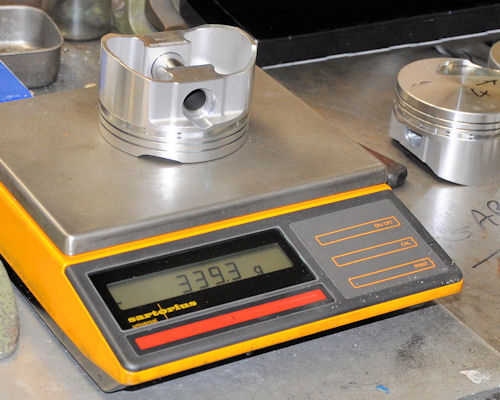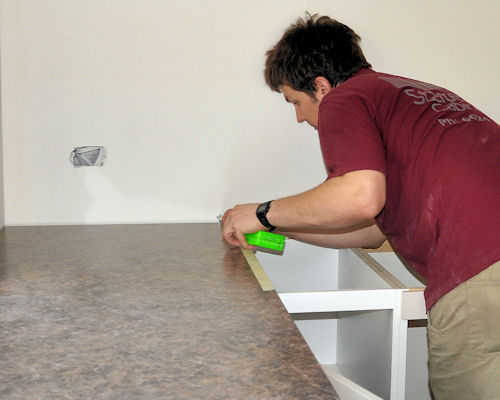Avoiding errors
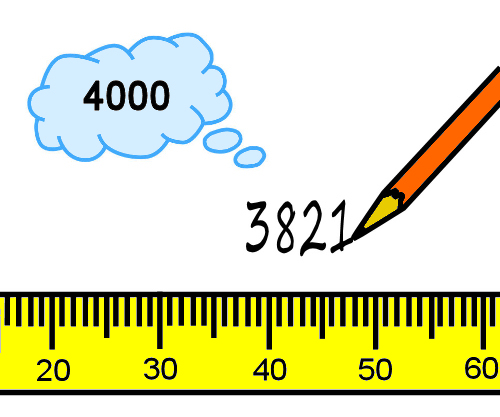 Audio for slide 1 (mp3 |6|KB)
Audio for slide 1 (mp3 |6|KB)
Throughout this unit we've touched on a few issues that can cause errors in measurements and calculations. The suggestions we've provided so far for avoiding errors include:
- writing down the numbers first, especially if someone else is calling them out to you, so that you have a written record of the measurements or quantities
- estimating the answers you would expect to see in a calculation, so that if there's a glaring error you can pick it up more easily
- reading the numbers and graduations carefully on a tape measure, to make sure that you're taking off the correct measurement from the correct section of the tape.
Below are some more suggestions for making sure that the measurements you take are accurate and correct.

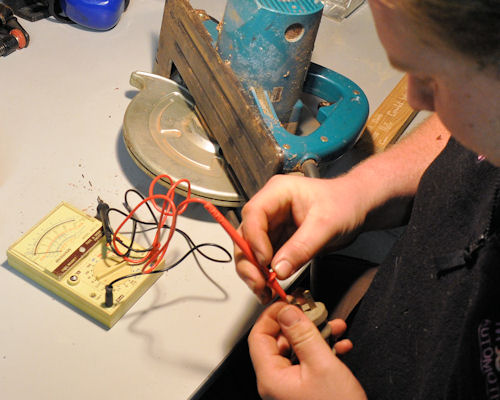 Audio for slide 2 (mp3 |6|KB)
Audio for slide 2 (mp3 |6|KB)
Reading dials and gauges
A common error when reading dials or gauges is to look at the pointer from an angle to the scale. This means that instead of reading off the mark immediately behind the pointer, you read a mark that is either on the left or right hand side of the pointer.
The problem is called parallax error, because 'parallax' refers to the way an object seems to change its position when your own point of observation changes.

 Audio for slide 3 (mp3 |6|KB)
Audio for slide 3 (mp3 |6|KB)
Even if there isn't a mirror, the simple solution to the problem is to use one eye only and make sure you're looking at the scale at exactly 90 degrees.

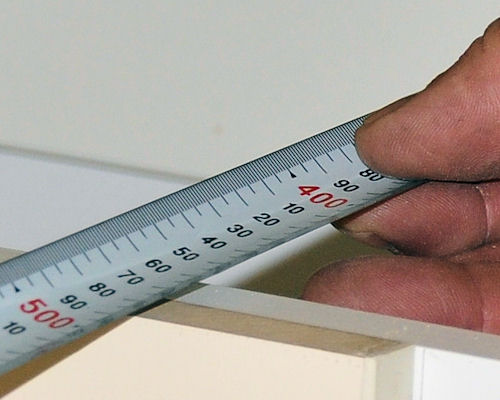 Audio for slide 4 (mp3 |6|KB)
Audio for slide 4 (mp3 |6|KB)
Again, always make sure that your eye is at 90 degrees to the scale when you take the measurement.
In the case of the tape measure, you should also push down the steel blade so that the edge you're reading from is flat against the object being measured.

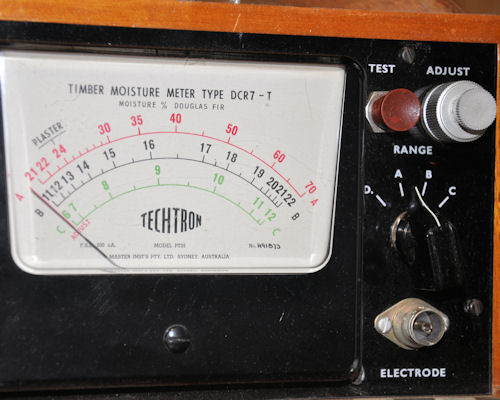 Audio for slide 6 (mp3 |6|KB)
Audio for slide 6 (mp3 |6|KB)
For example, moisture meters for timber use different scales depending on the species of hardwood or softwood being measured.
The simplest way of making these sorts of allowances is to have a conversion chart that enables the user to add or subtract amounts to give a 'corrected' reading.

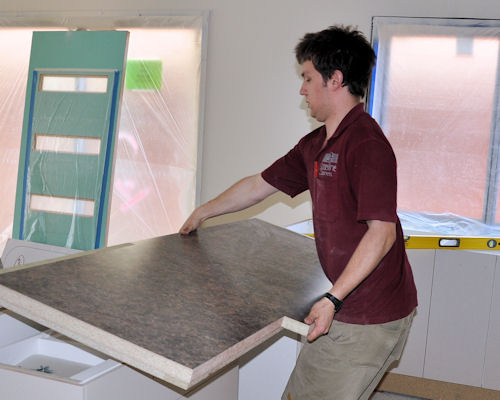 Audio for slide 8 (mp3 |6|KB)
Audio for slide 8 (mp3 |6|KB)
In that sense, the extra time taken to double-check a measurement or calculation is time very well spent, because at the very least it will give you the confidence that you were right the first time.
And if it does happen that your second reading is different from the first one, you'll have given yourself a get-out-of-jail-free card, because you can immediately correct the error before it causes you any grief or expense.


Learning activity
Audio 9 (mp3 |6|KB)What types of measuring devices do you use that require calibration? Who does the calibration? What is the calibration process?
Have a think about these points, because you will need to choose a measuring instrument and describe the calibration process in your final assignment. If you don't know enough about a particular instrument to answer these questions, ask your supervisor or trainer for help. See if you can get the instruction booklet for the device you have chosen and do some research. Best of all, ask someone to carry out the calibration process with you and explain the finer details.



